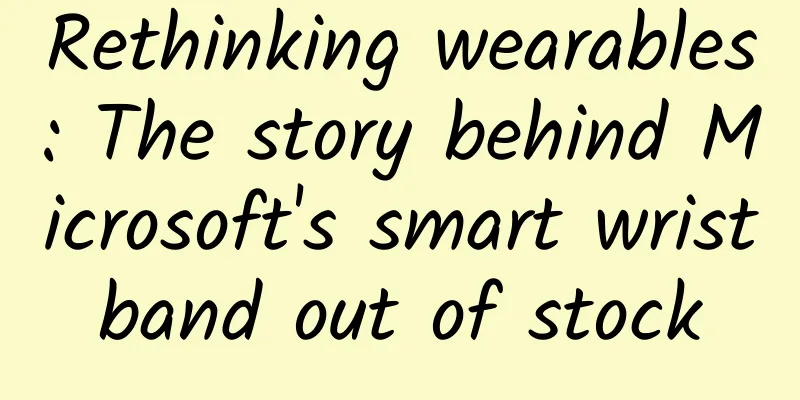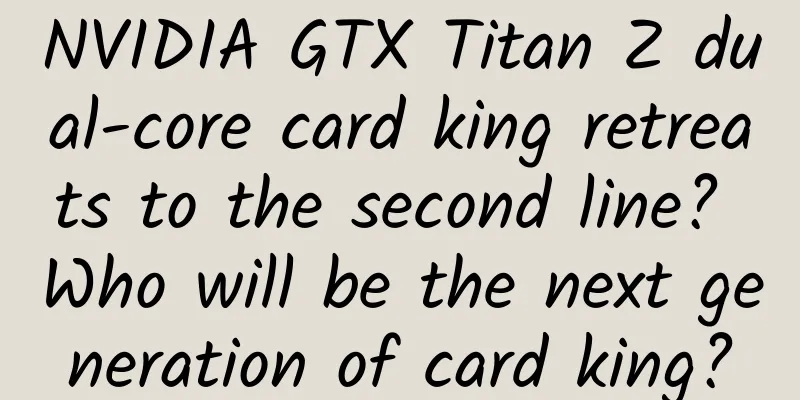Rethinking wearables: The story behind Microsoft's smart wristband out of stock

|
When the wearable device market represented by smart watches is tepid, and the industry is pinning its hopes on the Apple Watch, which will be launched next year, Microsoft recently released its smart wristband Fitness Band in a very low-key manner. The reason for this low-key release is that the industry has not heard or disclosed any news about Microsoft's release of a smart wristband before. However, what surprised the industry is that such a low-key product has been favored by many consumers after it was officially launched. In the process of frantic rush, the company's online and offline stores quickly sold out. The eBay website shows that the transaction price of the original price of $199 is about twice that of $199, and the lowest transaction price is $325. Why is Microsoft's smart wristband Band out of stock? What enlightenment does this bring to the still controversial wearable device market? As the industry knows, smart watches have always been considered as a stepping stone to the wearable device market, so many manufacturers entering the wearable device market also use smart watches as a breakthrough point to enter the market. For example, Samsung is a typical representative, but judging from the sales of Samsung's smart watches, which have evolved to the fifth generation in less than two years, the effect is not ideal. As for Motorola and LG, which released smart watches shortly after, they have just entered the market, so the market response and sales are still to be considered. However, GFK's recent survey on the wearable device market may reflect the trend and clues of smart watches in the wearable device market. The survey shows that smart watches do not dominate the wearable device market, and more than 30% of users lose their enthusiasm for these devices after 6 months. Although smart watches are powerful, the survey shows that they only account for 11% of the wearable device market. Health and fitness tracking devices are at the top, with a share of 39%. Similarly, when users who want to know more about smartwatches search for "Smartwatches are" in Google, the best feedback provided by automatic keyword completion is: Smartwatches are stupid; Smartwatches are dumb; Smartwatches are useless; Smartwatches are ugly. Even for the Apple Watch, which has attracted much attention in the industry recently, only one-third of iPhone users will consider buying it in the future, according to a BI survey. So why is there such a big difference between smartwatches and wristbands (bracelets, etc.) in the wearable device market? First of all, from the perspective of price, the price of smart wearable devices such as wristbands or bracelets is generally lower than that of smart watches. This has, to some extent, diluted the market and users' current perception of the high prices of wearable devices represented by smart watches, and has virtually improved the cost-effectiveness of smart wearable devices such as wristbands or bracelets. This is of great significance in eliminating the biggest barrier to the explosion and even popularization of wearable devices, which is the high price of wearable devices in the current market and users. Secondly, from the functional point of view, although smart watches are questioned as useless and lack practical functions (many smart phones copy the functions of mobile phones), the industry generally believes that wristbands have practical value in sports and health monitoring (which is also the function of wearable devices that users care about and use most frequently according to many surveys), so consumers' recognition of them is significantly higher than that of smart watches. The key is that wristbands and bracelets effectively avoid the embarrassment of overlapping functions compared with smart phones that smart watches fall into. This is also the reason why the market and users do not know the biggest selling point of wearable devices represented by smart watches in relevant surveys. Third, from the perspective of smart watches that have gained market share and attention, although functions are important, their design (affecting appearance) is still an indispensable factor affecting the market and users. For example, Motorola's Moto360 is highly praised, while the design of Apple Watch was the most criticized when it was released. For this reason, some industry analysts even believe that design is a decisive factor for the success of smart watches. Compared with smart watches, due to the limitations of product form, the design or appearance factor has been greatly weakened in the minds of the market and users, which has also reduced the difficulty for manufacturers who intend to enter the market to enter the wearable device market. Fourth, judging from the fact that the smart wristband Band released by Microsoft supports cross-platform (supporting iOS, Android and WP), the competition mode of wristband and bracelet wearable devices is more open, and openness means that users of different platforms will be attracted to use this device. In contrast, the current competition in the smart watch market seems to still follow the way of the smartphone market where each camp fights for its own. Apple Watch is not to be mentioned. Although the current Android Wear intends to support Apple's iOS platform in the future, it has not become a reality at least for now. Of course, we do not think that the initial hot sales will prove that Microsoft's smart wristband Band will be a great success in the future. We are just using this opportunity to explore the most feasible development path for the current wearable device market. That is, what kind of product form, function, price and competition method should smart wearable devices have in order to expand this market in the future. At least from the current perspective, the way of using smart watches as a breakthrough is worth reflecting on. As a winner of Toutiao's Qingyun Plan and Baijiahao's Bai+ Plan, the 2019 Baidu Digital Author of the Year, the Baijiahao's Most Popular Author in the Technology Field, the 2019 Sogou Technology and Culture Author, and the 2021 Baijiahao Quarterly Influential Creator, he has won many awards, including the 2013 Sohu Best Industry Media Person, the 2015 China New Media Entrepreneurship Competition Beijing Third Place, the 2015 Guangmang Experience Award, the 2015 China New Media Entrepreneurship Competition Finals Third Place, and the 2018 Baidu Dynamic Annual Powerful Celebrity. |
<<: "Tencent's acquisition of Shanda Literature" is a smokescreen released by Shanda itself
>>: Sony's failure in China: Do you really think you have the "Great Law"?
Recommend
337 billion US dollars! Report says that by 2025, 5G mobile phones will account for more than 50% of smartphone sales revenue
A new study from Juniper Research found that 5G-c...
What happened to oil prices returning to the 5 yuan era? What impacts will it have? Which year was the era of oil price at 5 yuan?
Affected by the sharp drop in international oil p...
Toutiao’s passive traffic and customer acquisition method, a surefire way!
There is a saying in the Internet circle: "I...
Xueersi’s promotion case study on the activity of bringing up new employees
Xueersi is one of the twin stars in the education...
Debate: Is Yang Yuanqing a qualified Lenovo CEO?
An article in a certain self-media titled "T...
Case Analysis: How does Kugou increase its user base?
This is the fifth article I have written about gr...
The rise of music short videos, will the next Kuaishou be born?
As early as 2014, an app called musical.ly was la...
How to operate a mini program? It is easy for Xiaobai to get
For those who continue to pay attention to mini p...
Apple internal document introduces Apple SIM card: one card with multiple numbers
After the launch of the new iPad in October, Appl...
In addition to the Northeast giant orange, are there any other "tigers" with outstanding combat capabilities?
The Year of the Tiger is here, and all kinds of p...
In the post-apocalyptic night, light up the earth with fireflies, mushrooms and bacteria!
On the riverside of the French city of Sens, tube...
Sogou AI Recorder E1 is both a "recording studio" and a "translator", breaking the traditional boundaries
Affected by the epidemic, many companies have rec...
As long as charging stations are popularized, will 300 kilometers of driving range of electric vehicles be enough? We find this is unrealistic!
The statement made by Xu Heyi, chairman of BAIC M...
Suggestions for the decline of Ocpc: How to catch the fish in the traffic pool!
After I published several Q&A articles about ...
Introduction to Alibaba application platform promotion advertising resources, products and business!
1. Platform Overview "Ali App Distribution&q...









